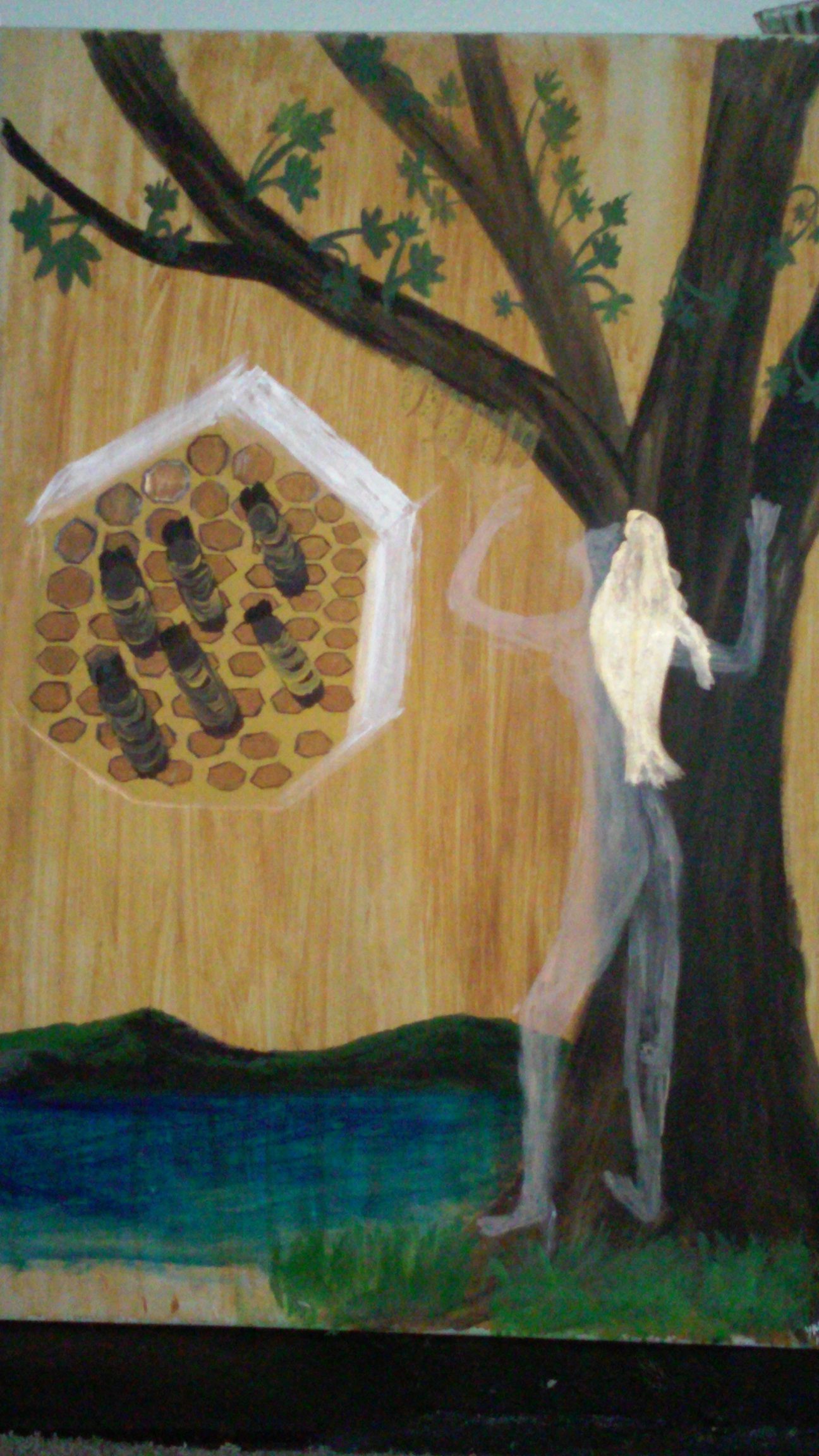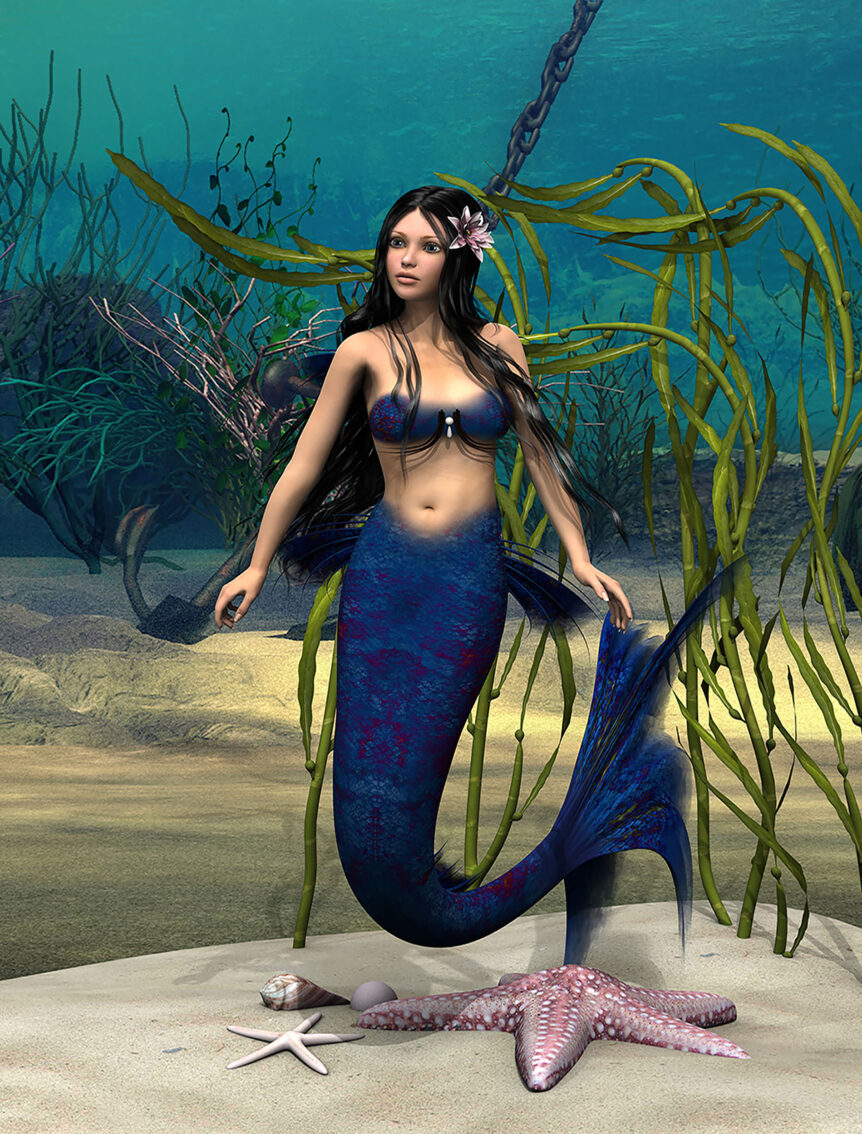
Turn on your microscopes and rev up your imaginations!
Did you know that Aphrodite AND Ariel were raised on algae?
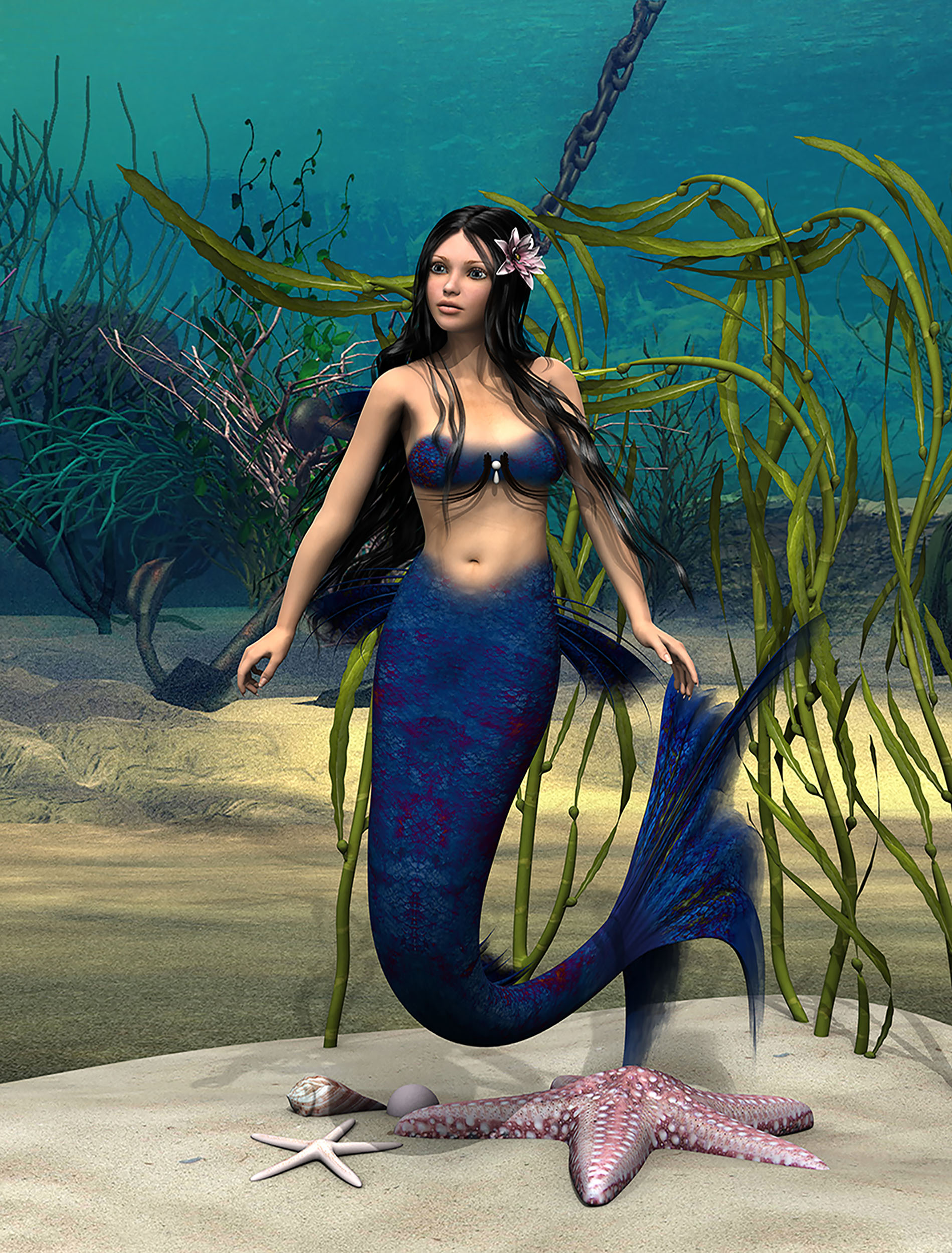
Yes, really! And I don't mean that they just rested their lovely heads upon long green masses of kelp!
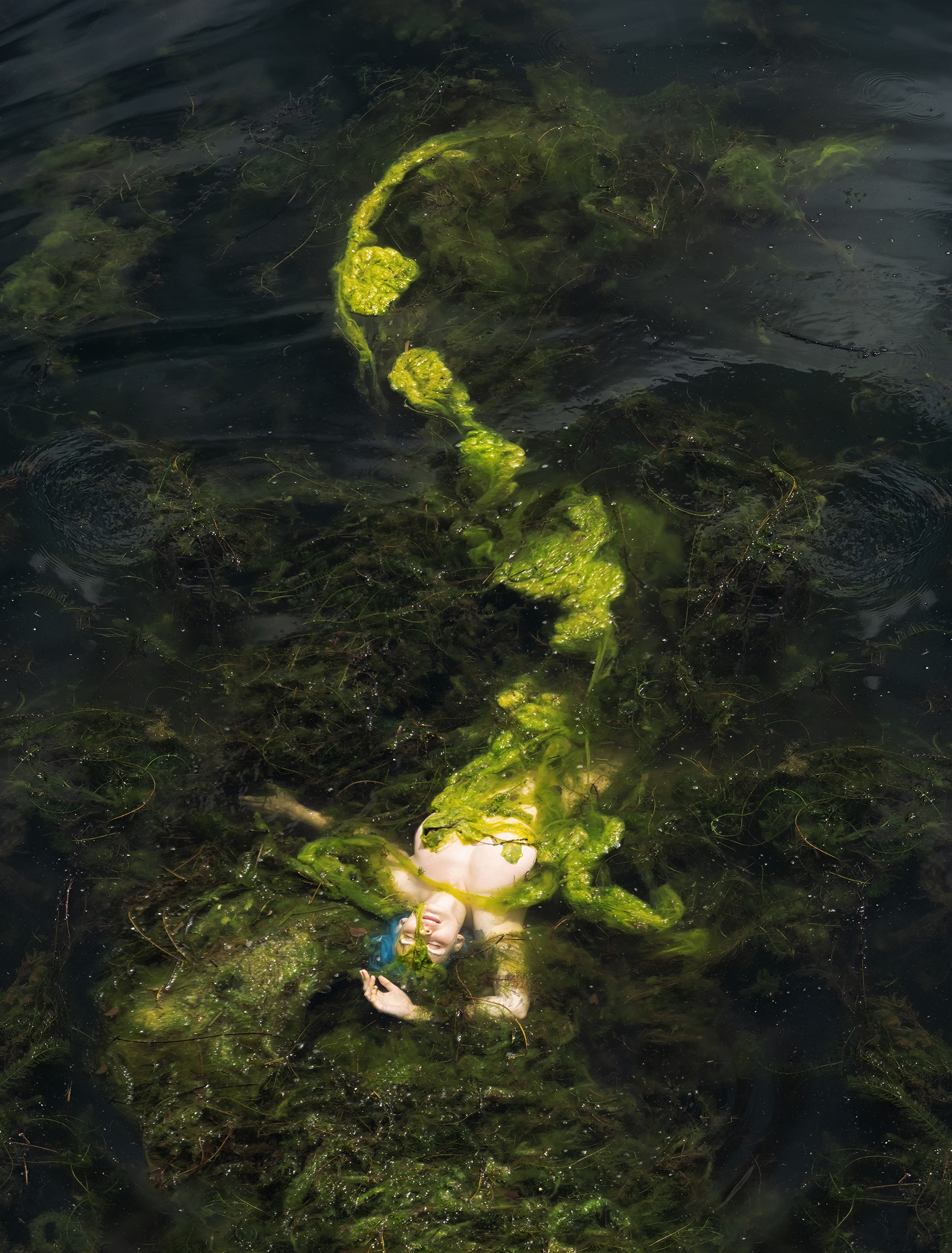
I mean, they eat algae!

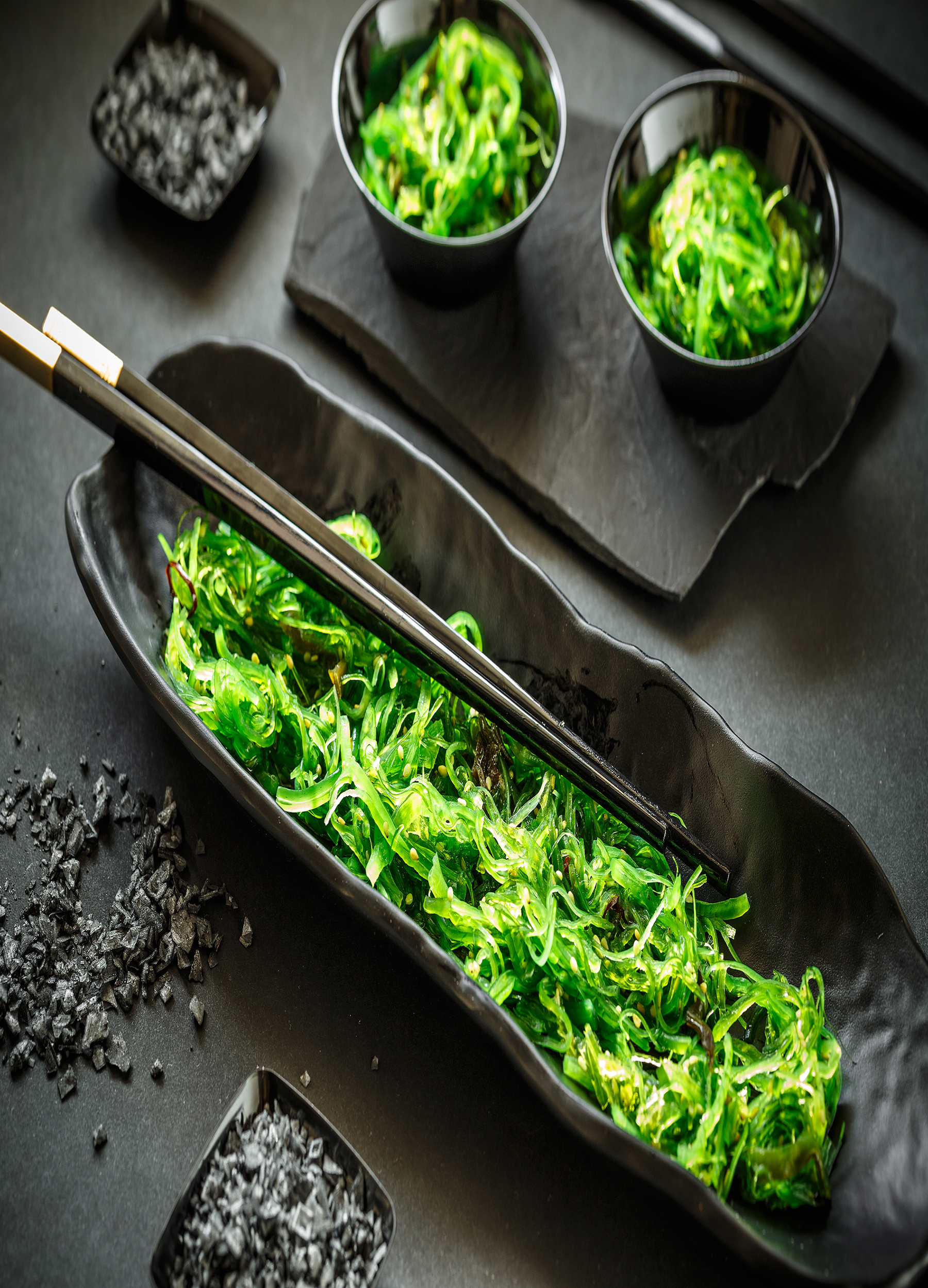
Just like many other denizens of the sea - the mammalian, crustacean, piscatorial and all those organisms in between.
What are algae?
Algae are plant-like photosynthetic creatures. These oxygen producing organisms use chlorophyll a, to collect photons from light. They live all over the world in most illuminated aquatic environments. They can live in fresh water or salt water. There are big ones that spread for miles, and microscopic ones, called micro-algae. And they also live in soil, on rocks and as symbionts with coral and lichen.
Since we are microbe whispering here,
there are micro-algae that can be eukaryotic (have a nucleus) or prokaryotic (do not have a nucleus).
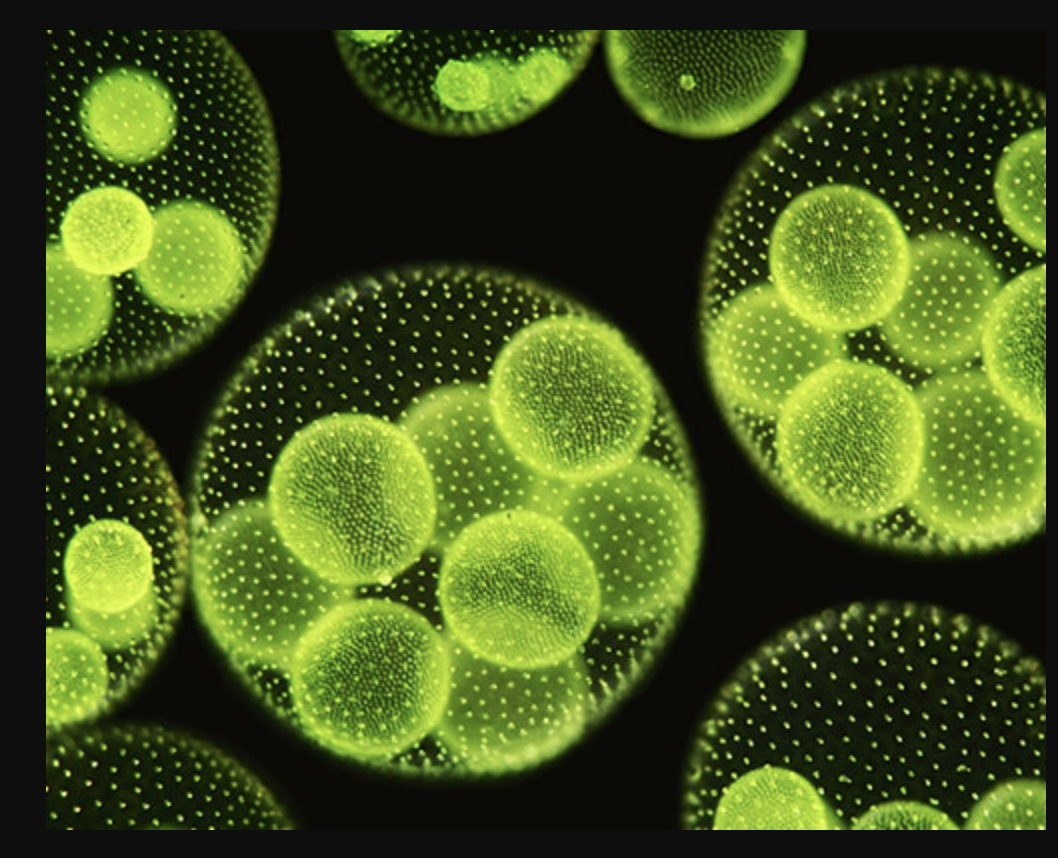
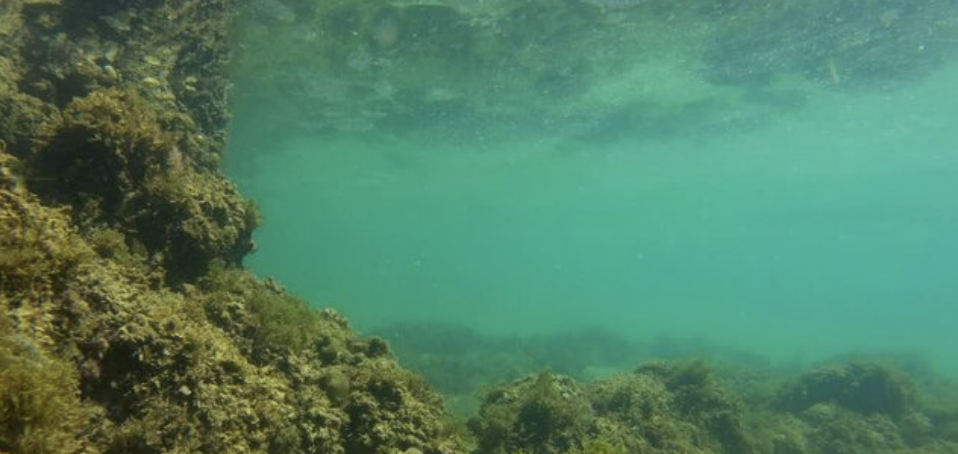
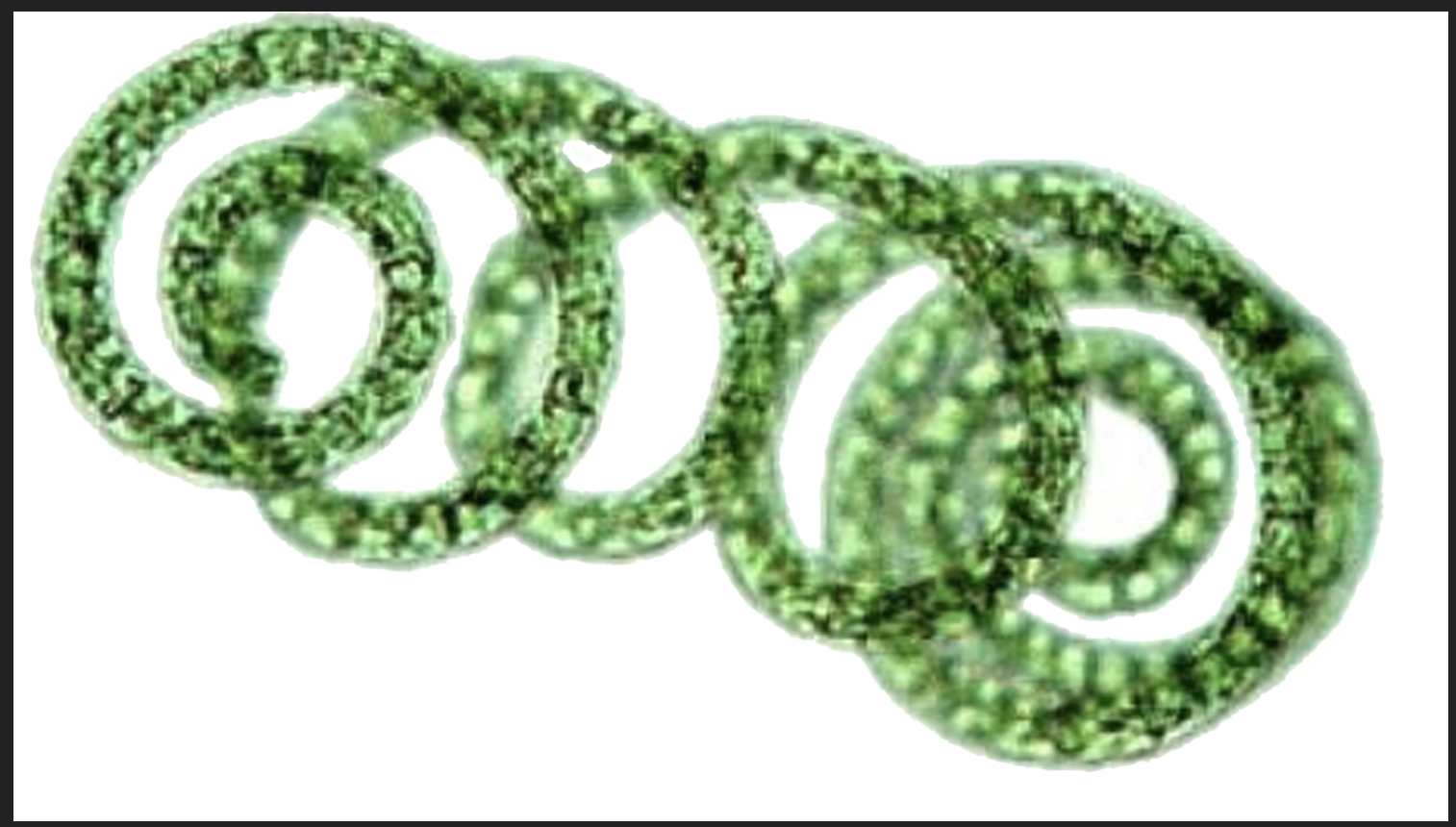
Do humans eat algae too?
Yes, we do. The macro and microalgae are farmed, harvested and feed many people, from cultures all over the world. Some examples of edible algae are here: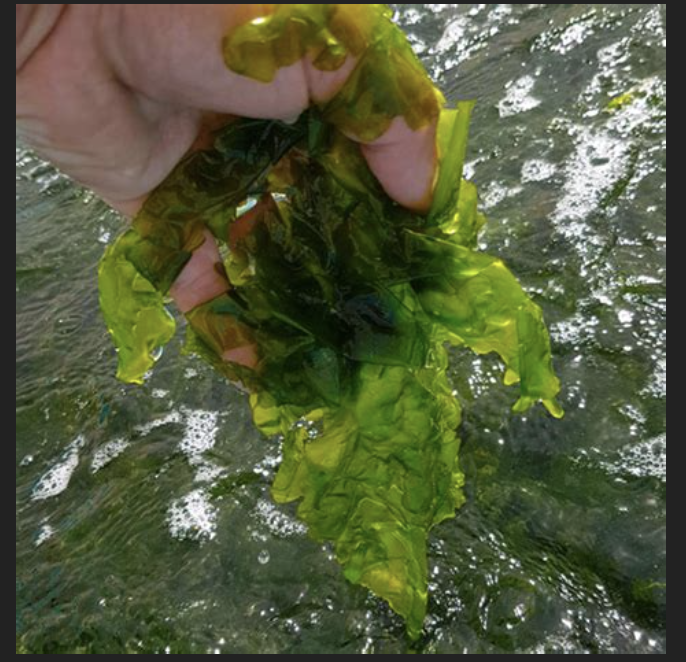
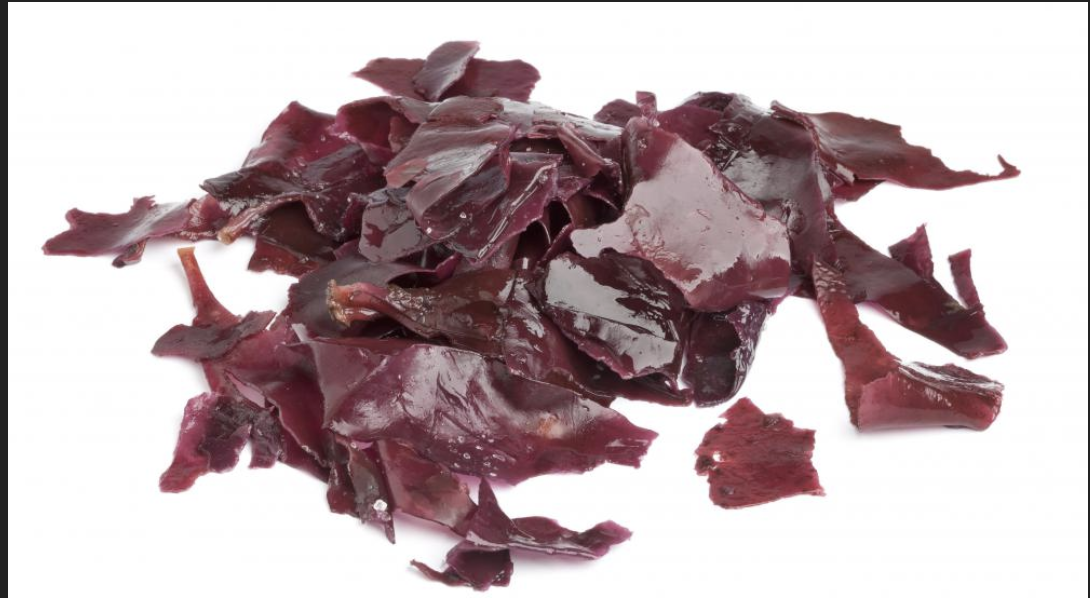
Edible Seaweed
Dulse. It tastes a little like bacon.
Wakame. It is a good source of omega-3 fatty acids.
Kombu. Main ingredient of dashi, foundation of many Japanese dishes, like miso soup and ramen.
Nori. Commonly used to wrap sushi rolls and onigiri (rice balls).
Hijiki. Often cooked in stir-fries or served with fish.
Irish moss. Used as thickener tapioca and ice cream.
Light Workers
Algae are the spiritual guides for light workers. They are the ultimate light workers after all. They feed us with energy harnessed from the sun. And they oxygenate the air that we and many other oxygen-users rely on for our every breath of life. With food global resources compromised by planetary upheavals, be they climate, pandemic or socially related,we need Algae.

Algae have no need for soil
You can grow them in a pond or lake, or even a large basin on your rooftop. And they grow using the sun and natural nutrients. Flowing from the hands of the sea goddesses to your lips, this nutritional, healthy food yields a solution to manyhungry populations.


Good for Mother Earth
Climate change is making it less practical to grow crops the traditional way, by using acres of land. To be ready for the upcoming global era, we must get innovative about how to feed ourselves. And we want to feed our hungry masses in way that is more environmentally friendly and sustainable. Cultivating algae is one solution! They are easy to grow, and have many advantages over animal and plant protein. Algae don’t require pesticides and can be grown on many bodies of water, including in some types of waste water. Doing this can decrease pollution too.
Discover recipes for Algae Cuisine in video links below. Enjoy the journey!
Microalgae
is also good for keeping our honey bees safe and well fed. Which is essential for Gaia and her cycles.
Check out my blog post on how honey bees inoculate themselves
against destructive viruses, by clicking my "Bee Charmer" painting here. Have fun cooking your way into the edible world of micro and macro algae, aspiring Microbe Whisperers!
With Joy, JeM
